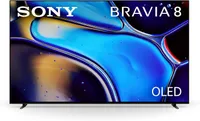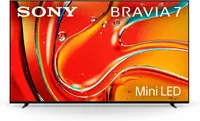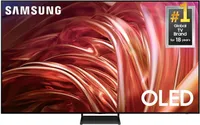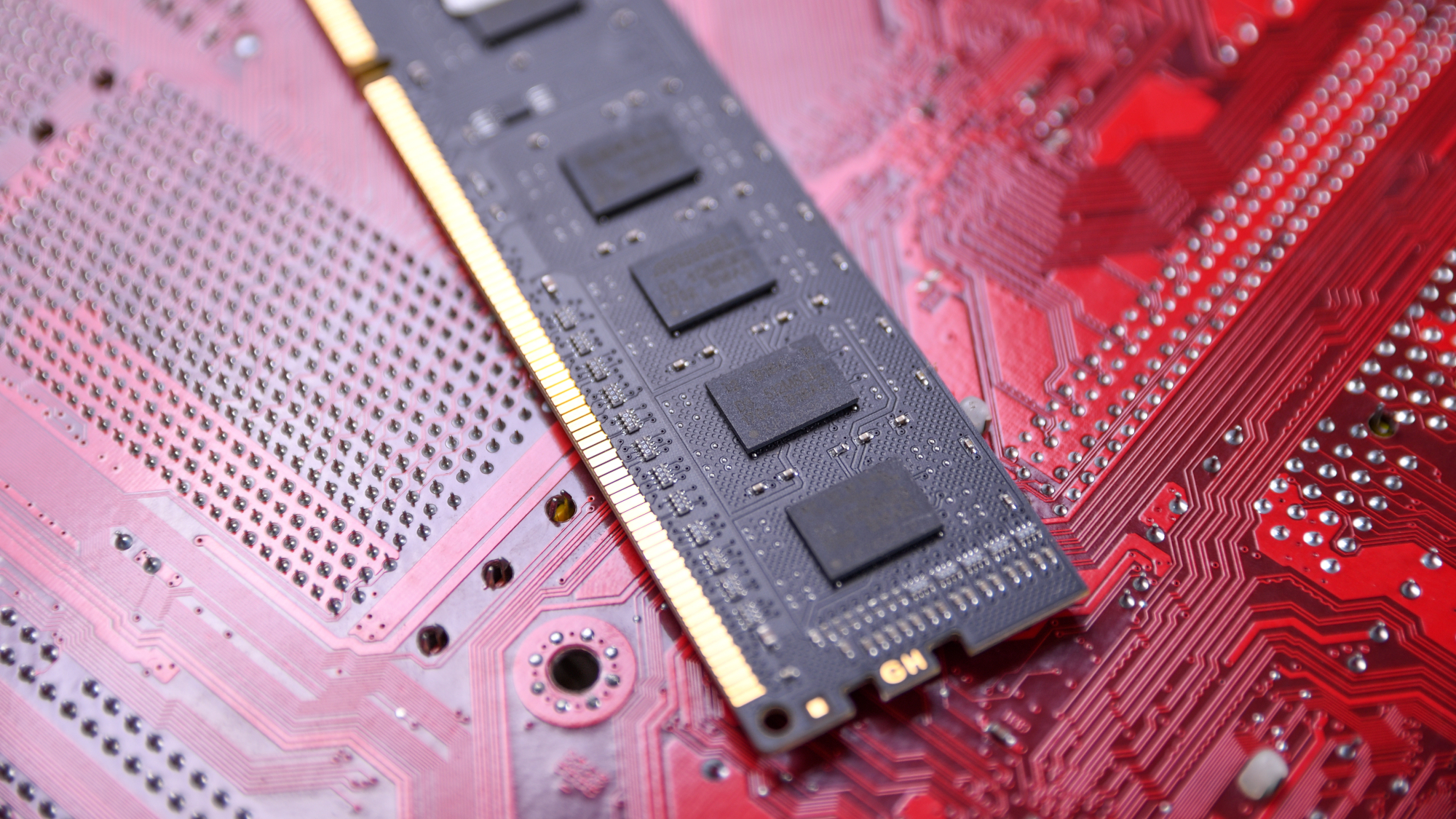Best 55-inch TVs of 2025: Our top 3 picks based on our testing
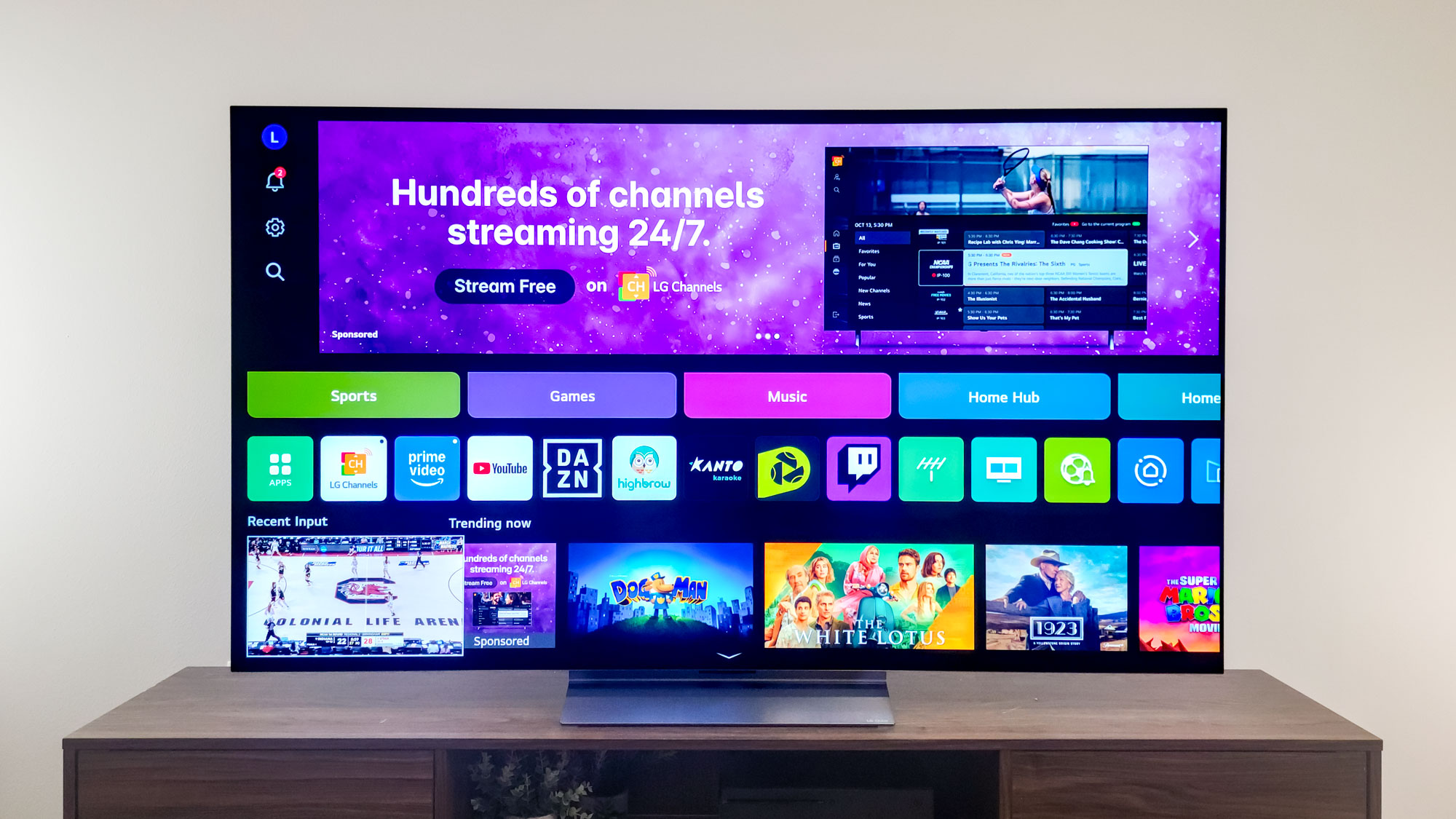
If you live in an apartment or share a dorm room, a 55-inch TV is probably the perfect size. It's not so big that you'll need a crew of friends to help you move it or hang it, and most of them are available for under $1,000.
I say most because my top pick is the LG C5 OLED, which offers an exceptional picture and all the specs and features you could want, but it'll cost you a little over a grand for the 55-inch set.
If that doesn't fit within your budget, the Hisense U8QG is our value pick. It delivers excellent contrast and color volume for a fraction of the price. You won't get the sumptuous black levels that only OLED can deliver, but it's a darn good TV all the same.
The quick list
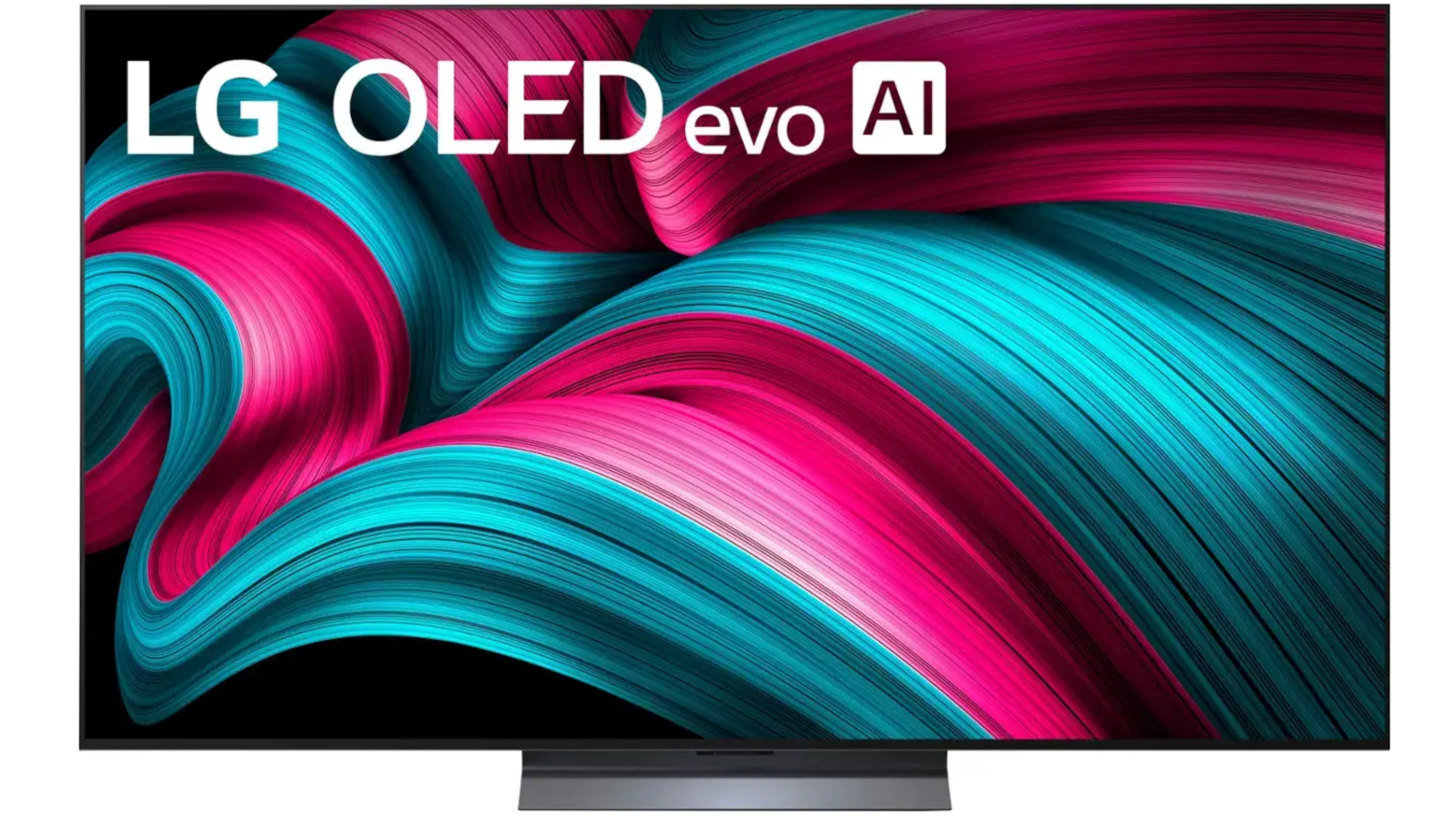
This year, there's no TV I recommend more often than the LG C5 OLED. The sticker price seems steep, but this is the TV you'll want in your home for the next 7 to 10 years. It has all the latest specs and features, and its performance is off the charts.
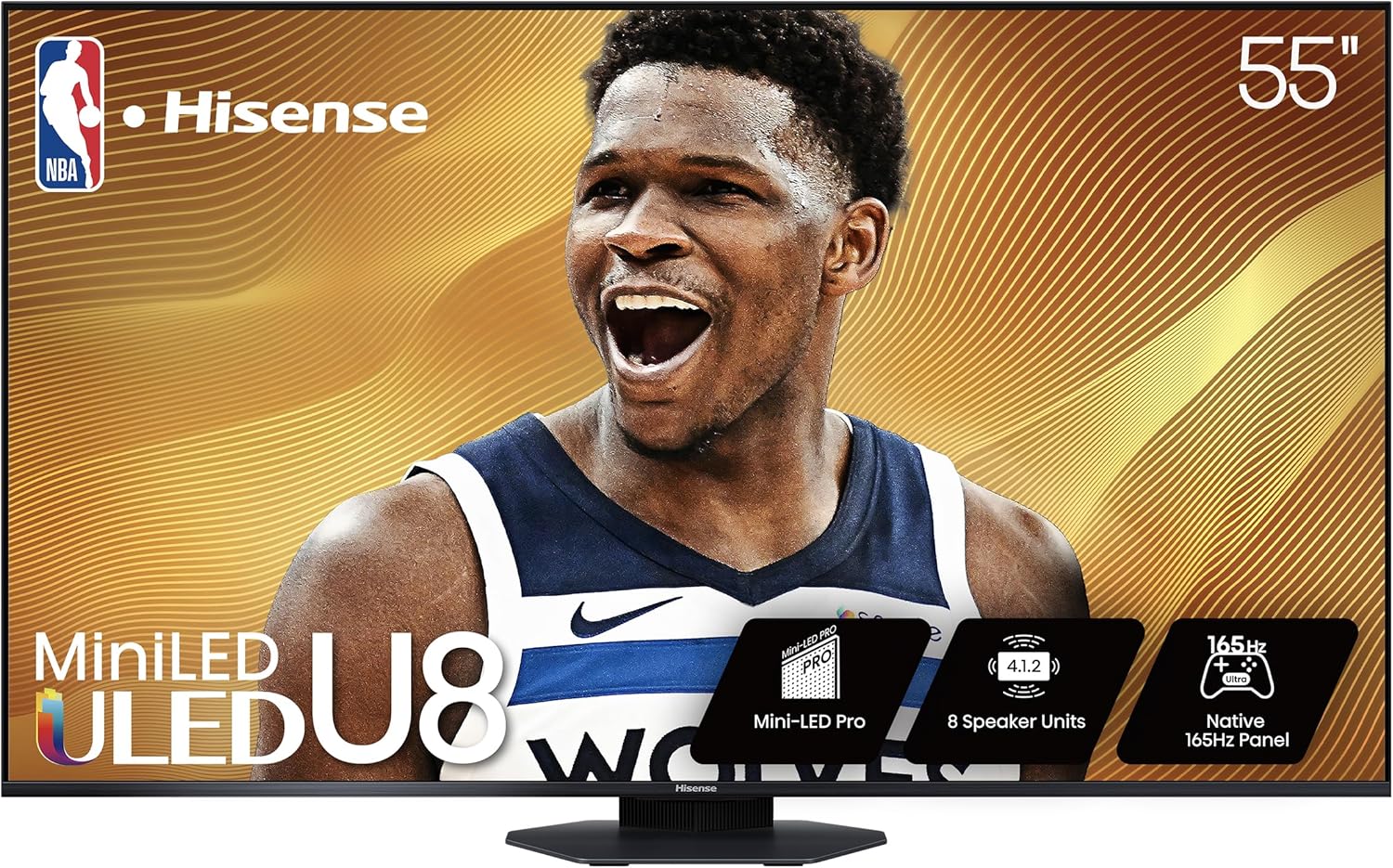
If you want the best 55-inch TV without overpaying, the Hisense U8QG is the screen to go for. It uses Mini-LED backlighting instead of OLED, but it still brings a bright, colorful image that's sure to please for half the price.
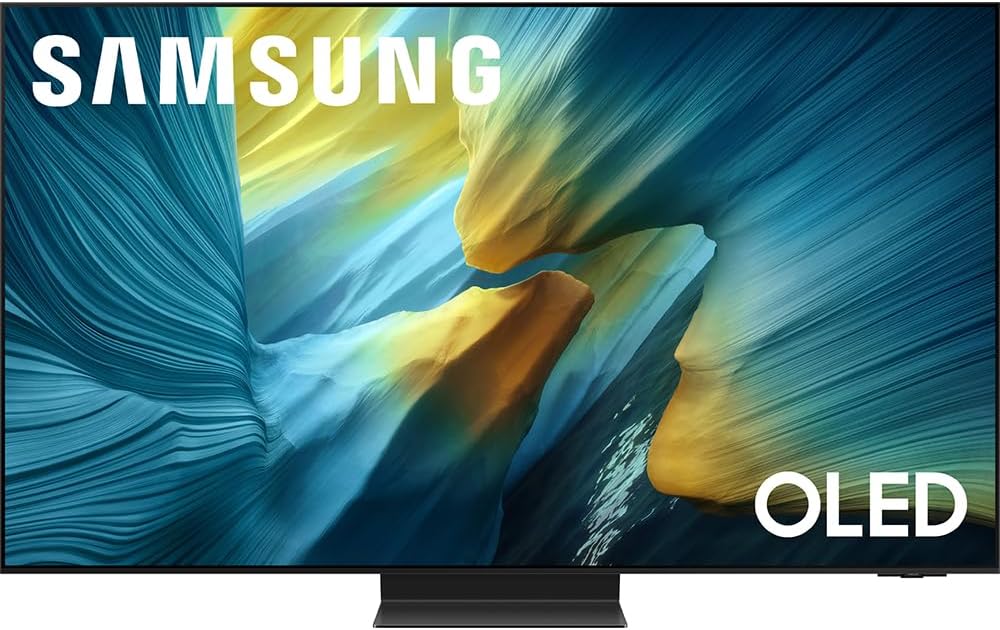
The LG C5 is perfect for home theaters, but the Samsung S95F thrives in the sunlight thanks to its matte screen with anti-glare coating. It's incredibly bright for an OLED —1,000 nits brighter than the C5, according to our tests.
About the authors
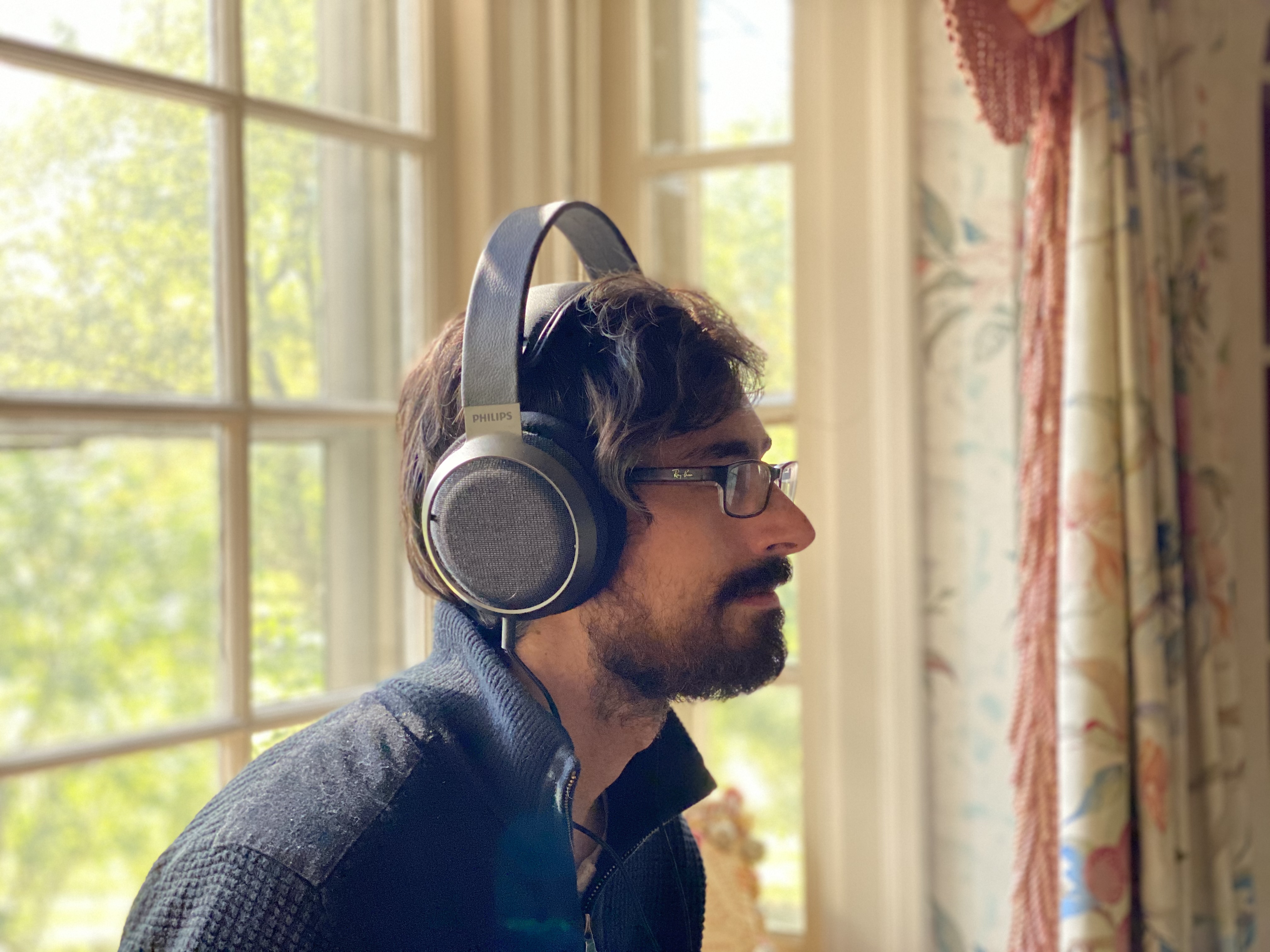
My name's Nick and, for over a decade, I have been evaluating 55-inch TVs for major tech publications. Before I became Tom's Guide's Managing Editor of TV & AV, I was formerly the Senior Editor, TV and AV at TechRadar. Before my days in journalism, I helped folks just like you at a local Best Buy working in the TV department.

My name is Michael, and I’ve evaluated well over one hundred TVs in my day. Many of these sets have been 55-inch models. Previously, I covered TVs for Reviewed, a division of USA Today.
The best 55-inch TVs available right now
Why you can trust Tom's Guide
Best 55-inch TV overall
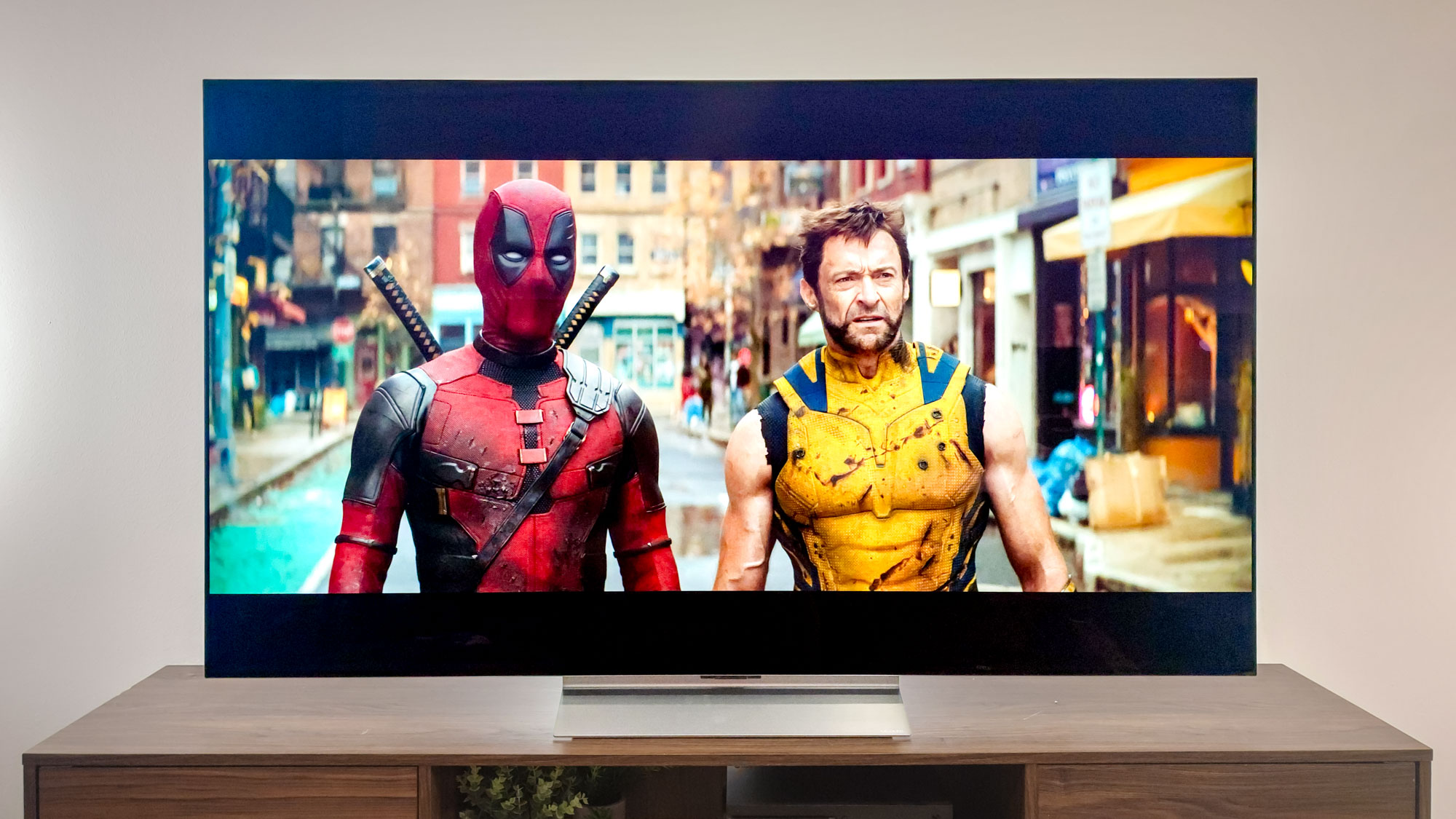

Specifications
Reasons to buy
Reasons to avoid
After a recent price drop, we've made the call to bump the LG C5 OLED to the top spot on this guide. Between this and the Samsung S95F OLED, it's a real toss up for the second spot.
They're both pricey OLED TVs for true home theater enthusiasts. The latter is much brighter, which is why it's earned a spot as the best TV for bright rooms, but the C5 delivers unparalleled performance thanks to its support for Dolby Vision.
If you don't know what Dolby Vision is, It's a version of HDR, a technology that offers enhanced colors, contrast and brightness. Most 4K TVs support HDR, but very few of them do the format justice the way the C5 OLED does.
When we reviewed the LG C5 OLED we couldn't find anything wrong with it. It crushed our lab tests and we couldn't pry ourselves away from it during our subjective viewing tests. (Yes, we actually spend time watching all the TVs we review.) It's both a gamer's dream and perfect for cinephiles ... as long as there's not a lot of sun in the room.
Read our full LG C5 OLED review
Best value 55-inch TV
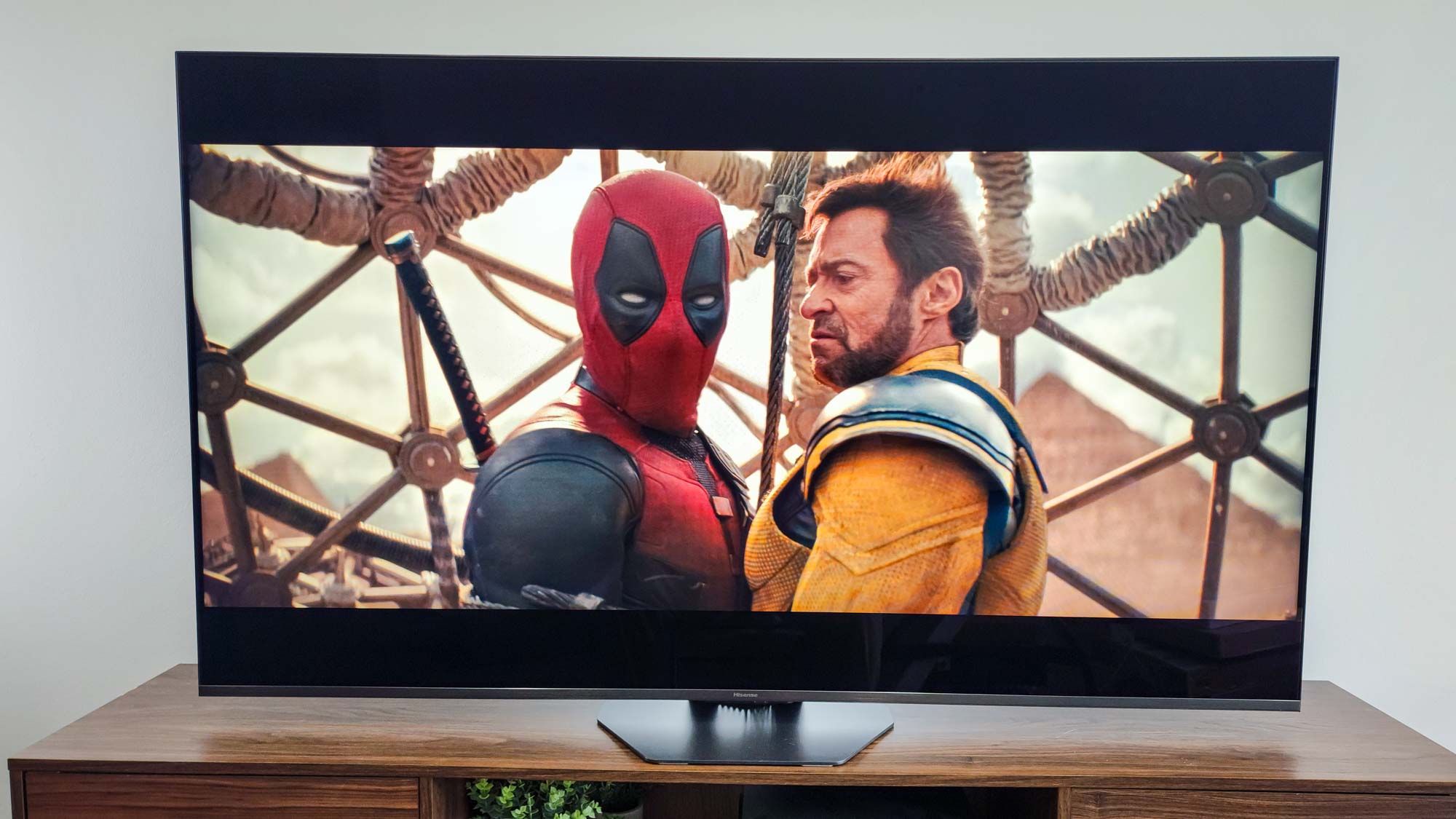
Specifications
Reasons to buy
Reasons to avoid
This was a tough one. I really like the Hisense U8QG. I think, for under $1,000, it's one of the best TVs out there ... it's just not the best TV when you stack it against the LG C5 and Samsung S95F. And that's OK. This is still an awesome TV for the price.
When taking it for a spin at home, I was thoroughly impressed by the TV's contrast and black levels. The black bars on the top and bottom of the screen offered nearly OLED-levels of black while still maintaining a bright and colorful picture in the middle of the screen. Vivid mode was a bit too harsh for my tastes, so I recommend going for the Cinema Day or Cinema Night HDR picture modes, as they'll balance color saturation with the TV's 4,000-nit peak brightness.
Yes, a proper OLED TV is going to look better when you're looking at them side-by-side, but for under $1,000, this is my go-to recommendation.
Read the full Hisense U8QG review
Best 55-inch TV for bright rooms
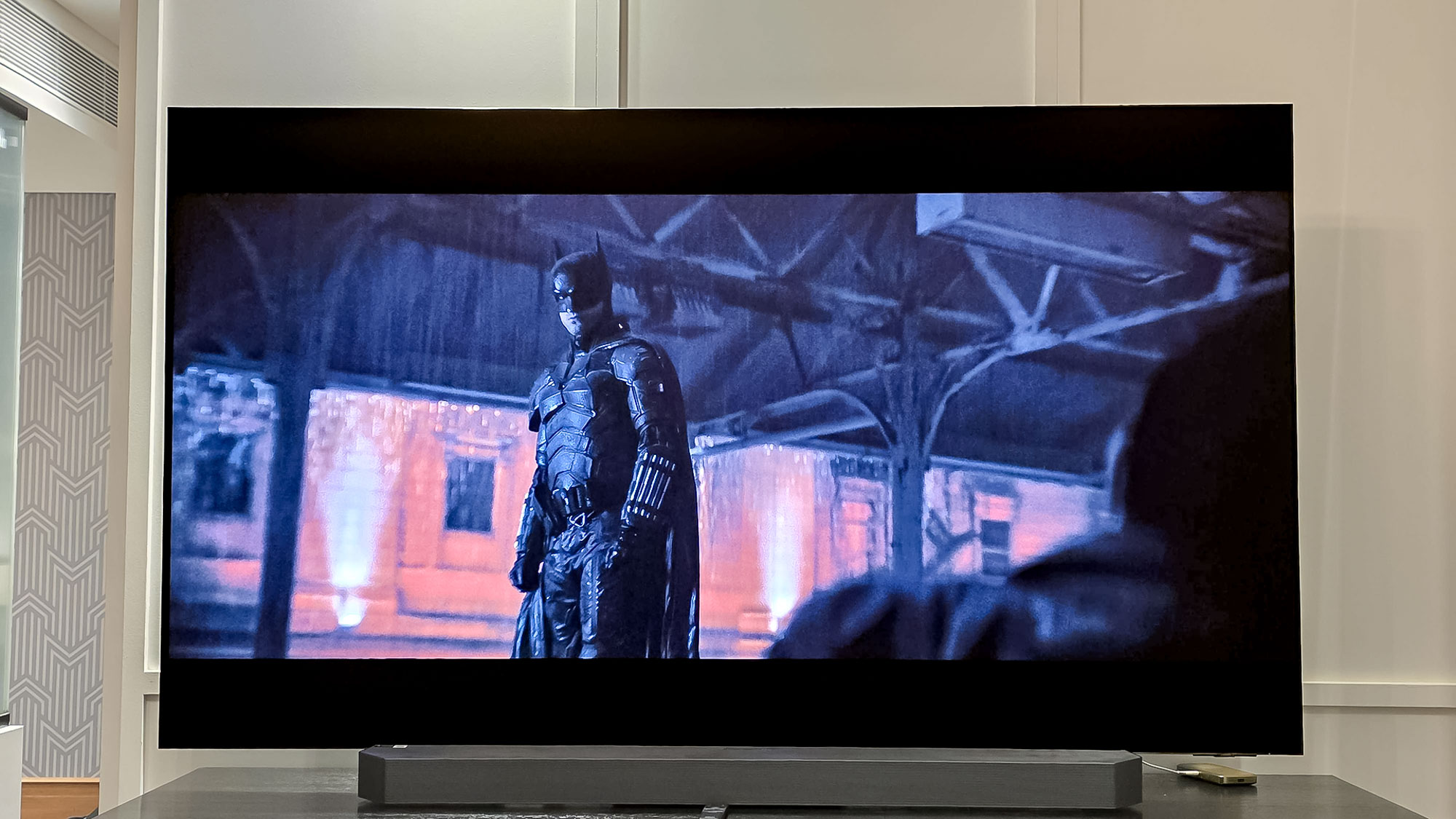

Specifications
Reasons to buy
Reasons to avoid
If you don't spend your life looking at TVs, you might not see much of a difference between Samsung's top OLED, the S95F, and LG's C5 OLED. I mean, they're both top-tier OLED TVs, right?
Well, yes, but there's more going on here. Samsung uses a slightly different technology called QD-OLED that takes an OLED panel and adds a quantum dot filter. (You know, those things that make QLED TVs so great.) What this does is that it enables the S95F OLED to outperform the C5 in terms of overall brightness output.
Combine that higher brightness with the TV's matte anti-glare screen, and you've got the perfect TV for rooms with lots of ambient light.
If your current TV is hard to see in the daylight and glare gives you a headache, the Samsung S95F will deliver a glare-free experience that will blow your socks off.
Read our full Samsung S95F OLED review
Best 55-inch TV test results
TV | HDR peak brightness (tested) | Delta-E (tested) | Rec. 2020 gamut coverage | Input lag (tested) |
LG C5 OLED | 1,165 nits | 1.19 | 76.18% | 9.5ms |
Hisense U8QG | 3,916 nits | 2.4 | 83.98% | 9.7ms |
Samsung S95F | 2,138 nits | 1.24 | 90.26% | 12.9ms |
Also tested
Not all 55-inch TVs end up on our list of the best, but plenty of them are great options nonetheless. If none of the sets above sound appealing, take a look at the following recently reviewed picks.
LG G5 OLED (★★★★☆)
The LG G5 OLED blew us away in testing, but the 55-inch version will set you back nearly $2,000. Don't get me wrong, I think it's worth every penny, but I know that most folks aren't interested in spending that much. The big draw of the G5 is its Four-Stack OLED panel that enables a higher brightness than older WOLED screens and its photo gallery design. If you want a TV that will seamlessly blend in with your decor and don't mind paying a premium for it, the G5 is a great pick.
Read our full LG G5 OLED review
Sony Bravia 8 OLED (★★★★☆)
While we found the Bravia 8 to be relatively dim compared to other mid-range OLED TVs, Sony's upscaling and overall picture processing make it an attractive option for viewers with a discerning eye.
Read our full Sony Bravia 8 OLED review
Sony Bravia 7 Mini-LED TV (★★★★☆)
If you want something brighter than the Bravia 8 but still branded with the Sony logo, consider the Bravia 7. The Bravia 7 blends a bright, colorful picture with Sony's incredible picture processing.
Read our full Sony Bravia 7 Mini-LED TV review
Samsung S85D OLED (★★★★☆)
Samsung's entry-level OLED is worth looking into if you're shopping for an affordable 55-inch OLED TV. It offers many of the same features as a higher-end Samsung OLED, but with a friendlier price tag. Just be aware of the fact that it's not as bright as better-performing OLED TVs.
Read our full Samsung S85D OLED TV review
How to choose the best 55-inch TV for you
Getting a TV is an investment. It’s a piece of tech you’re likely to own for several years, which is why you want to make sure you’re picking the best 55-inch TV for you.
Size: First figure out whether you’re locked into a 55-inch set. Just because it’s the biggest size that fits on your wall or TV stand doesn’t mean that it’s right for the room. Similarly, consider if a 65-inch TV would better suit your space.
Price: Expect to pay about $500 for a good 55-inch 4K TV. But if you have a tighter budget, check out our best TV deals for some alternatives. Keep in mind performance will take a hit in lower price ranges, though.
HDR: If you want the most colors, get one of the HDR sets with Dolby Vision compatibility above. This technology is able to deliver more colors, more contrast levels and increased brightness. It could make a set a bit more costly, but it guarantees you’ll still be satisfied with TV as the Dolby Vision format seems to be gaining momentum.
Ports: Another thing to consider is port offerings. Some of the sets above sport three HDMI ports, while some have four. In general, more ports is better, especially if you have a collection of input devices like soundbars or game consoles.
How we test the best 55-inch TVs
Testing the best 55-inch TVs is a thorough process. We put every TV through our custom lab test, measuring color gamut, color accuracy and brightness to objectively see which sets are the best for these key indicators. We also test for lag time, measuring to the millisecond how long it takes for content to travel from the original source to the screen. We use these results to make numbers-based comparisons about color and display quality.
To do this, we run all of these TVs through a series of technical tests designed to determine their performance on a quantitative level. We perform these with an X-Rite i1 Pro spectrophotometer, a SpectraCal VideoForge Pro pattern generator, and Portrait Displays’ Calman calibration software that measure and charts the TVs' performances.
Specifically, we're looking at:
Peak Brightness: The highest level of brightness (measured in nits) that a TV can sustainably put out in a 10% window.
Delta E: A measurement of how accurate colors are right out the box in its Calibrated or ISF Modes. The lower the number, the more accurate the colors are.
DCI-P3 Color Volume: This metric measures the total coverage area of a TV's color output. A higher percentage means better color expression. We also measure a TV's color output against the Rec2020 color space as well.
Input lag: An important metric for gamers, input lag measures the total time it takes for a signal that passes through the HDMI port to appear on the screen.
In addition, we spend hours with each set to see how our lab results translate into anecdotal performance. We also compare competing sets using a range of content across several sources.
With that information, we can tell you which TVs look best, sound best and offer the best viewing experience.
Of course, we also consider the smart TV functions and apps for each TV, looking at everything from the remote control design to the voice interaction.
FAQs
What's the top-rated budget 55-inch TV?
Ordinarily, budget often means cheap. But not always with TVs. We don't want to recommend sets that'll only last a short time or give bad performance, just because they're cheap. Instead, we look for which TVs give the best value.
That's why we think the Hisense U8QG is the best budget 55-inch TV. And that's because, while it stands against premium models from Samsung and LG that'll cost thousands, this is feature-packed, high-performance model that can do a lot of what those TVs can, but at a fraction of the price.
It's a 4K TV with smart features via the Google TV interface. You can install your favorite streaming apps, game with dedicated gaming performance settings, and a light sensor that automatically adjusts color and output settings based on your room's brightness.
What's the best 55-inch TV for watching movies?
In theory, all the TVs we recommend are good for watching movies. After all, movies, TV shows, and gaming are the main things you'd want to do with your new TV, so we make sure to test each set for all use cases.
But if there's one that stands out, it's the LG C5 OLED, the model we rate as the best 55-inch TV for most people. It's an incredible all-rounder, but our favorite part that makes this an ideal option for movies is the color.
The color reproduction is fantastic, especially at this price, and highlights darker details while making brighter parts of the image really pop. If you want your movies to look like theater-style performance at home, this is the TV you want to pick up.
You also get great audio performance built-in, but if you really want to bring the theater home, it's worth adding one of the best soundbars to your set up with this TV. That'll blow nearly everything else out of the water at this price.
Get instant access to breaking news, the hottest reviews, great deals and helpful tips.

Nick Pino heads up the TV and AV verticals at Tom's Guide and covers everything from OLED TVs to the latest wireless headphones. He was formerly the Senior Editor, TV and AV at TechRadar (Tom's Guide's sister site) and has previously written for GamesRadar, Official Xbox Magazine, PC Gamer and other outlets over the last decade. Not sure which TV you should buy? Drop him an email or tweet him on Twitter and he can help you out.
- Michael DesjardinSenior Editor, TV

